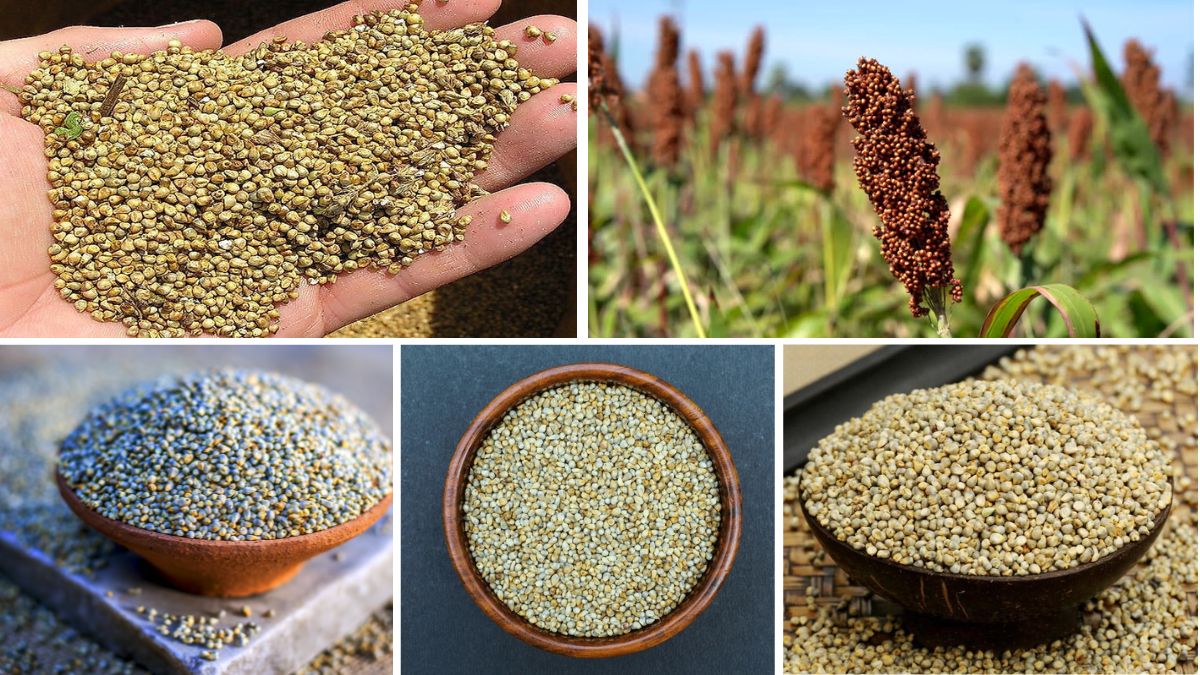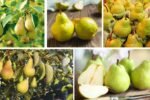Millets, often termed as ‘nutri-cereals,’ are a group of small-seeded grasses cultivated primarily in arid and semi-arid regions. These grains are gaining global attention due to their nutritional benefits and resilience to climate change. Among the various millet-producing nations, India stands out as the largest producer.
India’s Dominance in Millet Production
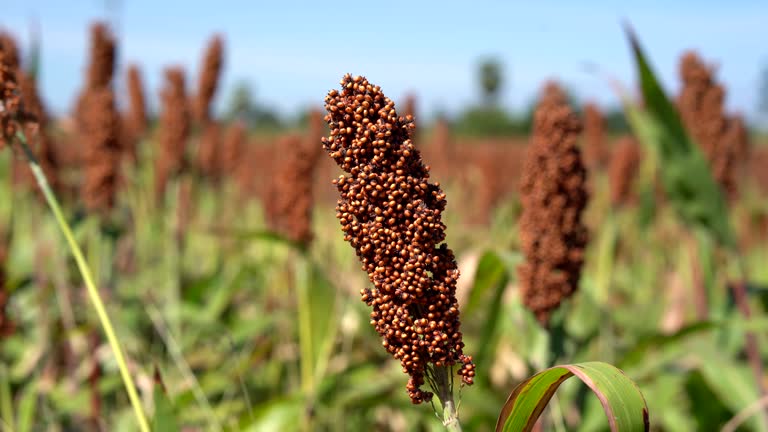
Leading Global Production
India is the world’s largest producer of millets, accounting for approximately 38.4% of the global production. In the fiscal year 2024, India produced around 12.6 million metric tonnes of millets, with major producing states including Rajasthan, Uttar Pradesh, Gujarat, Madhya Pradesh, and Haryana .
Diverse Millet Varieties
India cultivates several millet varieties, each suited to different agro-climatic conditions:
- Pearl Millet (Bajra): Predominantly grown in Rajasthan and Uttar Pradesh.
- Finger Millet (Ragi): Common in Karnataka and Tamil Nadu.
- Sorghum (Jowar): Widely cultivated in Maharashtra and Madhya Pradesh.
- Minor Millets: Such as foxtail, barnyard, proso, and little millet, grown in various regions across the country .
Nutritional and Ecological Significance
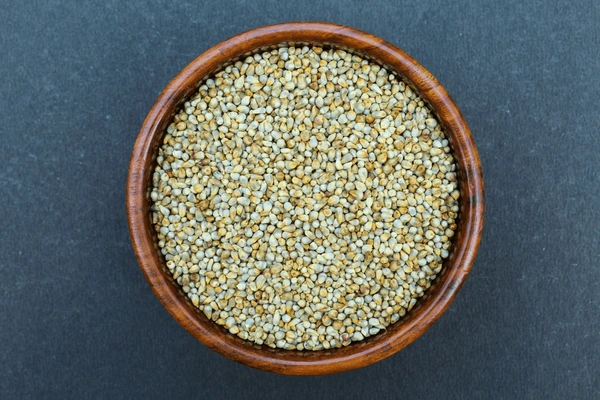
Millets are rich in proteins, dietary fiber, vitamins, and minerals. They are also gluten-free and have a low glycemic index, making them suitable for individuals with dietary restrictions. Ecologically, millets are drought-tolerant and require minimal water and fertilizers, making them ideal for cultivation in dryland areas .
Other Notable Millet Producers
While India leads in millet production, several other countries contribute significantly to the global millet supply:
1. Niger
Niger is the second-largest producer of millets, with an annual production of approximately 3.84 million metric tonnes, accounting for about 13% of global production. Millets are a staple food in Niger, and the crop is vital for food security in the region .
2. China
China ranks third in millet production, producing around 2.7 million metric tonnes annually. The country primarily grows proso millet and has been focusing on improving millet yields through advanced agricultural practices .
3. Mali
Mali is a significant millet producer in West Africa, with an annual production of approximately 1.99 million metric tonnes, accounting for about 7% of global production. Millet cultivation in Mali is crucial for the livelihoods of rural farmers .
4. Nigeria
Nigeria is another key millet producer, with substantial cultivation in the northern regions. The country has been promoting millet as a climate-resilient crop to enhance food security.
5. Sudan
Sudan’s millet production is vital for both domestic consumption and export. The country’s agricultural policies support millet cultivation as part of its strategy to achieve food self-sufficiency.
Global Millet Production Trends
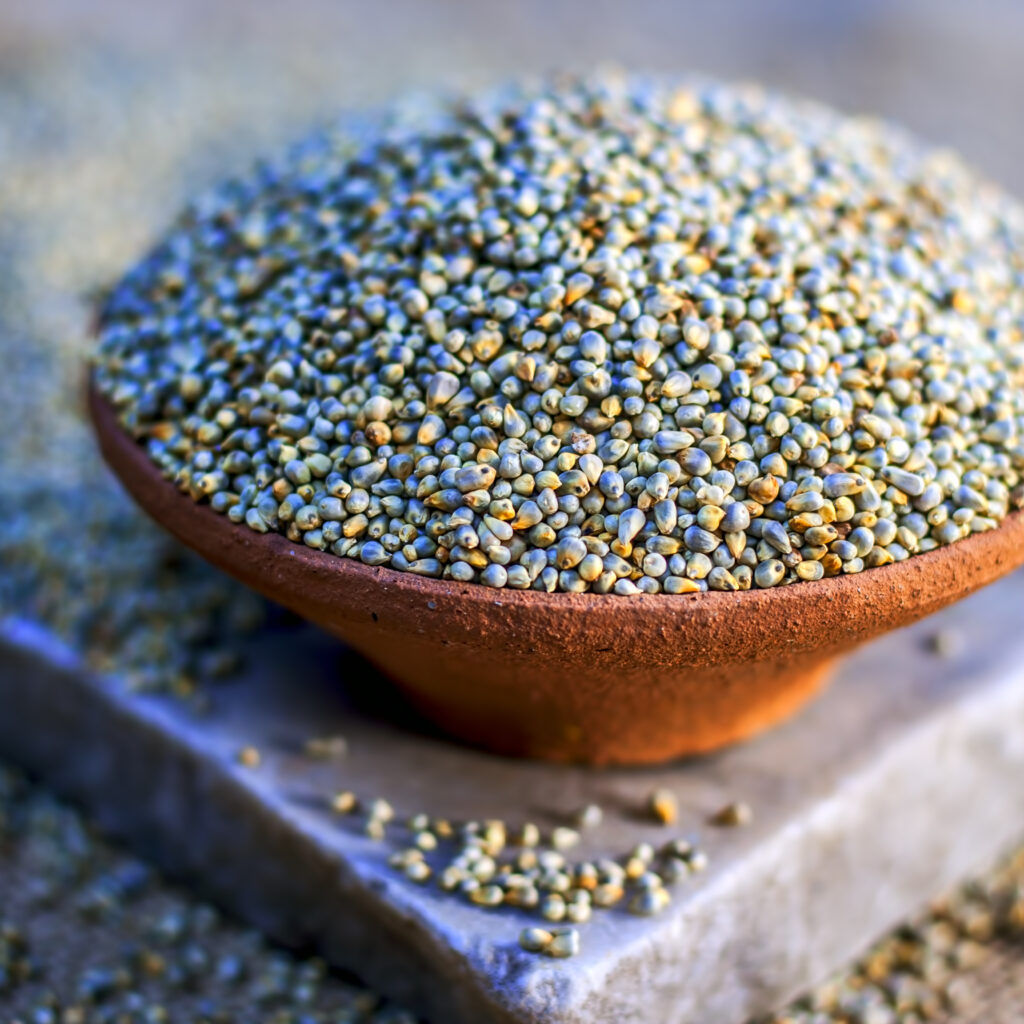
Global millet production has been experiencing fluctuations due to various factors, including climatic conditions and agricultural policies. In 2023, global millet production was estimated at 30.80 million metric tonnes, with India, Niger, and China collectively accounting for 60% of the total production .
India’s Role in Promoting Millets
India has been at the forefront of promoting millet cultivation and consumption. In 2023, the United Nations declared the year as the International Year of Millets, a proposal initiated by India. This initiative aimed to raise awareness about the nutritional and ecological benefits of millets and to encourage their inclusion in global food systems .
Challenges and Opportunities

Challenges
Despite India’s leadership in millet production, several challenges hinder the growth of the millet sector:
- Declining Area Under Millet Cultivation: The area under millet cultivation has decreased from over 20 million hectares to just 12 million hectares, primarily due to low returns for farmers compared to other crops like rice and maize .
- Market Dynamics: The imbalance between low farmer remuneration and high consumer prices poses a significant challenge to the sustainability of millet farming.
Opportunities
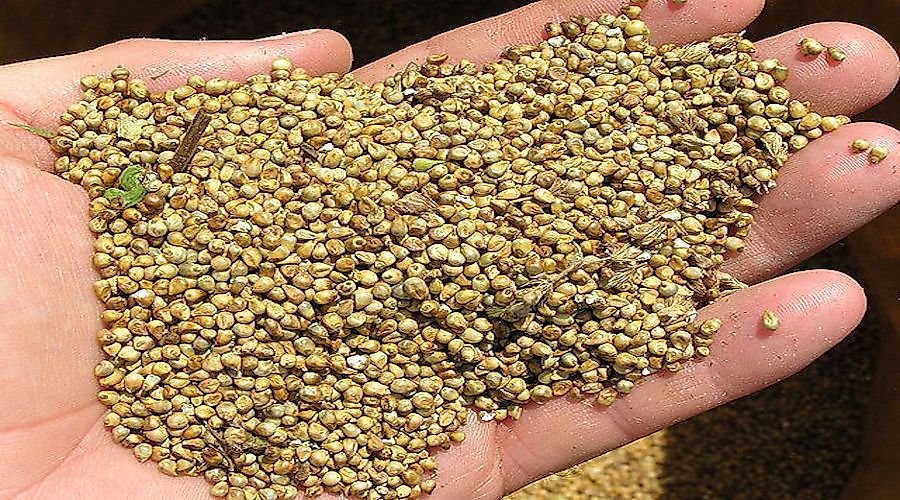
To revitalize millet cultivation, several strategies can be adopted:
- Promotion of Millet-Based Products: Encouraging the production and consumption of millet-based products can increase demand and provide economic incentives to farmers.
- Policy Support: Implementing policies that offer subsidies, credit facilities, and insurance schemes can make millet farming more attractive to farmers.
- Research and Development: Investing in research to develop high-yielding and disease-resistant millet varieties can enhance productivity.
Conclusion
India’s position as the largest millet producer underscores the country’s rich agricultural heritage and its commitment to promoting sustainable and nutritious food sources. While challenges exist, the growing global interest in millets presents an opportunity for India to strengthen its role in the global millet market and contribute to global food security.
